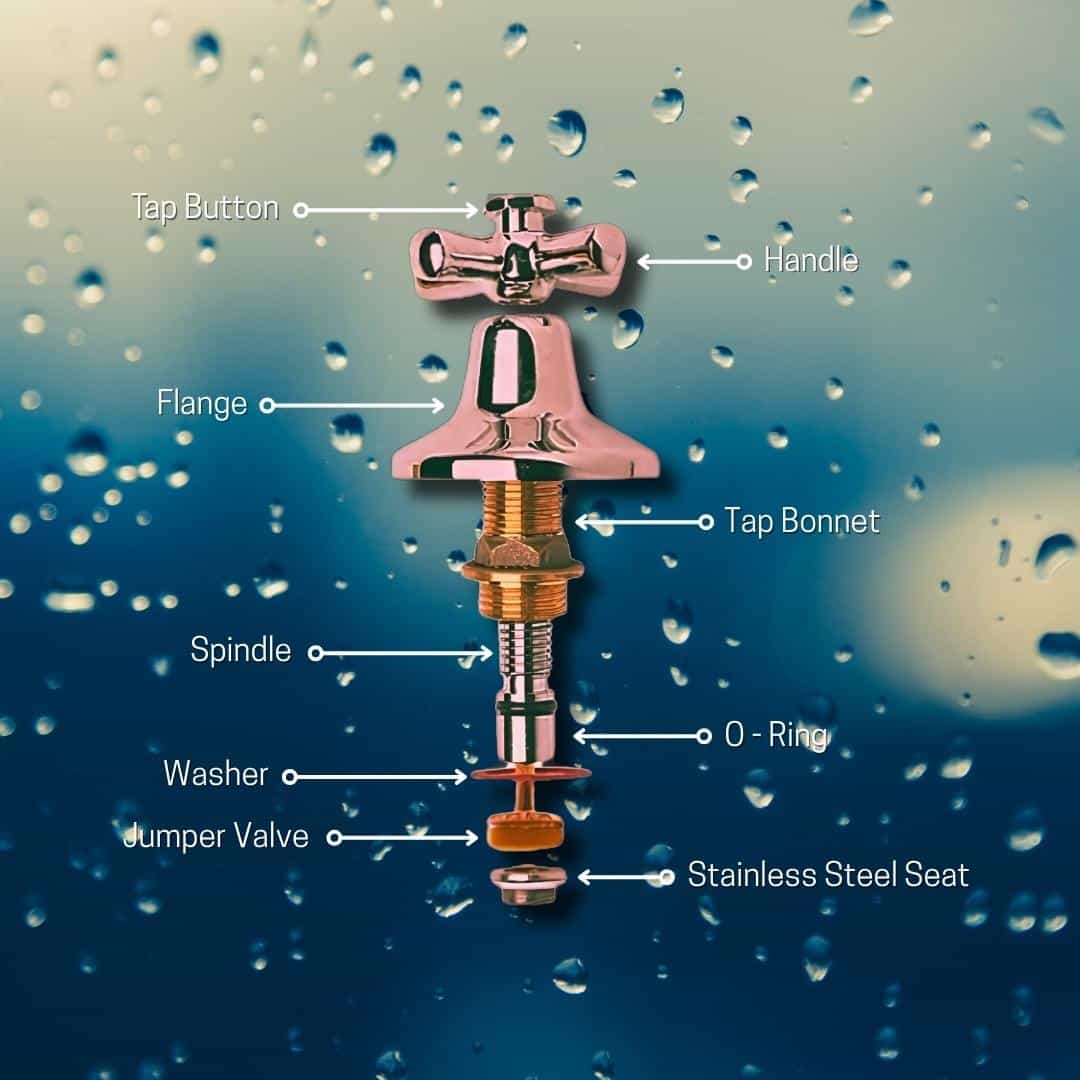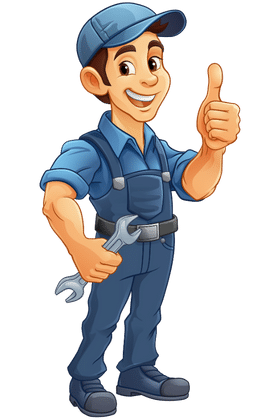What Makes a Tap Leak?
What Causes a Leaking Tap?
Taps use parts (mostly rubber or ceramic) to create a seal when the tap is closed that prevents water from running. When one of those seals is worn out you get a leaking tap.
3 Rubber Parts That Can Cause Your Tap to Leak
- The Washer
- The O-ring
- The Jumper Valve

Replacing the Parts
When you need to replace one of these parts the tap needs to be disassembled. So while you are replacing one part, it is just as easy to do the others at the same time. The replacement parts are low cost and it means that you shouldn’t have to do the job again in a few months. Different taps will have different parts and it can be hard to tell the difference between them.
If you plan on tackling the job on your own, it is best to bring your worn parts to a hardware store and let the experts help you find the best replacement. Otherwise, your local plumber can come out and do all the taps in your home simultaneously. It shouldn’t take too long and they will have all the right tools and parts to finish the repair.
Step 1 - Getting Started
Turn off your water mains! Disassembling your tap while your water is still running will mean water – and lots of it! If you live in a house then your mains shut off is probably in your front yard or out by the street somewhere. If you are in an apartment then you will often find an isolation valve under the sink in your bathroom or wash house. Once your water has been turned off, open the tap that you are repairing and let all the residual water run out.
Step 2 - Dis-assembling Your Taps
Your standard tap bathroom tap can be easy to disassemble. Start at the top with a screwdriver and remove the cap (“H” or “C”). Under the cap will be a tap button or grub screw. Unscrew this and then remove the tap handle. Then unscrew the flange and reveal the tap bonnet. From here you need to remove the tap bonnet and spindle assembly using a spanner. From here you should be able to see the O-ring, washer and jumper valve.
Step 3 – Replace The Faulty Parts
Replace either the individual parts or, as we recommend – do all of them at the same time. This is where you may need some assistance in selecting the right parts if you need to take them down to your local hardware shop. If you’re not sure about the tap’s system, it’s best to bring in the experts. Some lever mixer taps are equipped with ceramic cartridges that can be specific to a particular manufacturer, so rather than having to run around trying to find the right one, it can be easier to just get a plumber around to do the job for you.
Step 4 - Re-Assembly
Now reverse the entire process to put your tap back together. Screw the spindle assembly back together and replace the bonnet and tap. Replace the tap handle and screw it firmly in place and pop the cover back on. Leaving your tap in the off position, turn the mains supply back on before turning your tap on to check that the leaking has stopped or not.
What to Do If My Tap Still Leaks?
If your tap still leaks, then it might need reseating. The “seat” of the tap is where the washer sits and with time it may get split or worn. This is the best time to call The Plumbing & Electrical Doctor. Our plumbers turn up to your house with a mobile showroom equipped with a full range of taps. They can fix your old or leaking taps, or if you decide to upgrade you can choose the best option right off the back of the truck.

💡 Tips:
To prolong tap life, you should not over-tighten your rubber washers. Only close the tap tight enough that it stops running. The best way to tell which tap you have is to turn its handle. If it rotates just a half or a quarter turn, it is most probably equipped with a ceramic disc.
If its handle rotates more than this then it has a rubber washer. The waterproof lubricant also helps in prolonging the life of your spindles and o-rings. If you would like to check by a licensed plumber, give us a call at 131091 were open 24/7 or visit our website. We serve areas in Canberra, Newcastle, Central Coast, and Hunter Valley.
THE DOCTOR GETS IT DONE
